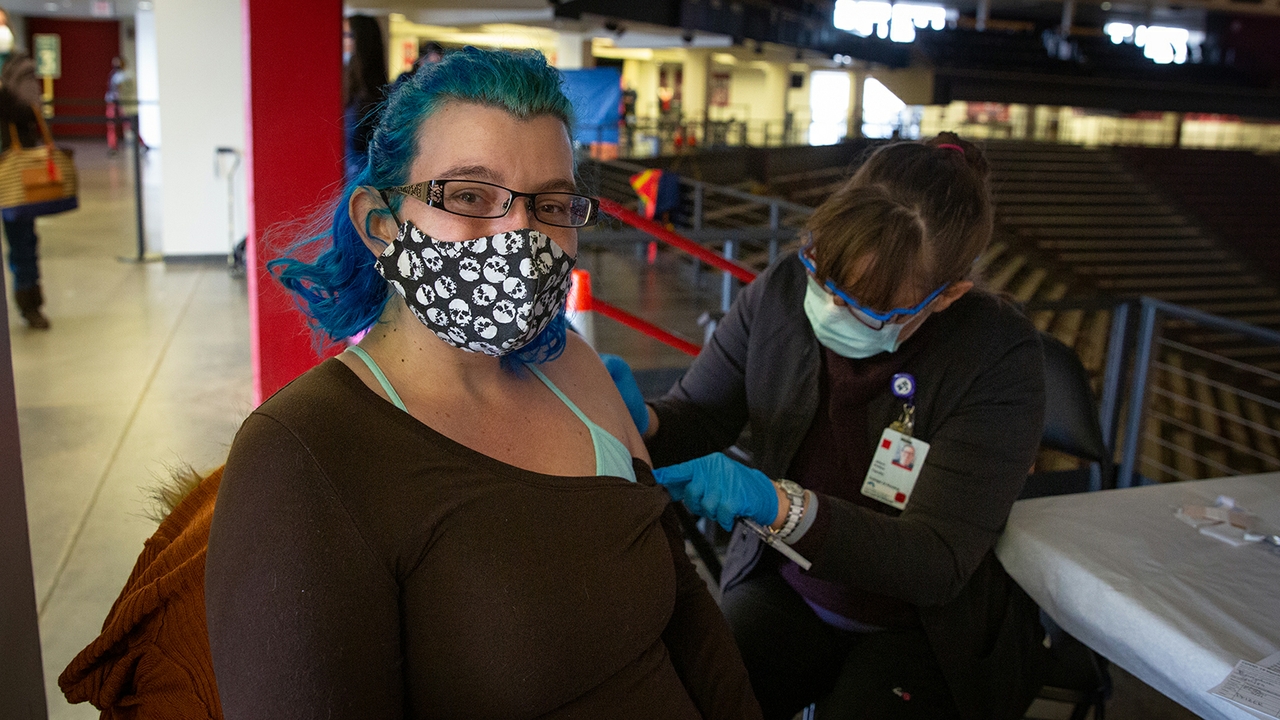In a new study, New Mexico researchers using an alternative analysis based on evidence-based medicine found that the effectiveness of COVID vaccines is much greater in areas of the world with higher prevalence of infection – an approach that could lead to more equitable distribution of vaccines.
In a peer-reviewed paper published Dec. 13 in BMJ Open, the investigators calculated and compared absolute risk reduction (ARR) and the number needed to be vaccinated (NNV) in different geographical areas.
“At certain times during the pandemic, the NNV to prevent one hospitalization in some parts of the world was less than 1,000, whereas in other locations, it was more than 10,000,” said corresponding author Howard Waitzkin, MD, PhD, a distinguished professor emeritus at The University of New Mexico.
Until now, scientific publications about COVID-19 vaccines have assessed their effectiveness by measuring relative risk reduction, which compares people who receive vaccination with those who don’t.
Absolute risk reduction measures how much a vaccine reduces an individual’s baseline risk in a population. The number needed to be vaccinated indicates the number of people who should be vaccinated to prevent one adverse outcome, such as getting sick or needing hospitalization from COVID-19.
Adopting these alternative measures of vaccine effectiveness could guide better policies about distributing vaccines in COVID-19 and similar epidemics, the researchers contend.
“Vaccine distribution should target subpopulations with higher baseline risks of disease, rather than focusing only on the goal of vaccinating entire populations,” Waitzkin said.
“This approach could alleviate some economic and practical burdens of trying to provide vaccines for everyone, especially in poorer regions that have trouble obtaining enough vaccines due to what’s called vaccine apartheid.”
The research team also clarified other absolute measures to assess harms from vaccines.
“A risk-benefit analysis that compares absolute measures of harms and benefits can help set distribution policies,” said co-author Ella Fassler, an investigative journalist with the New Mexico-based Allende Program in Social Medicine. “But scientific publications about the vaccines also have not reported these evidence-based medicine comparisons.”
